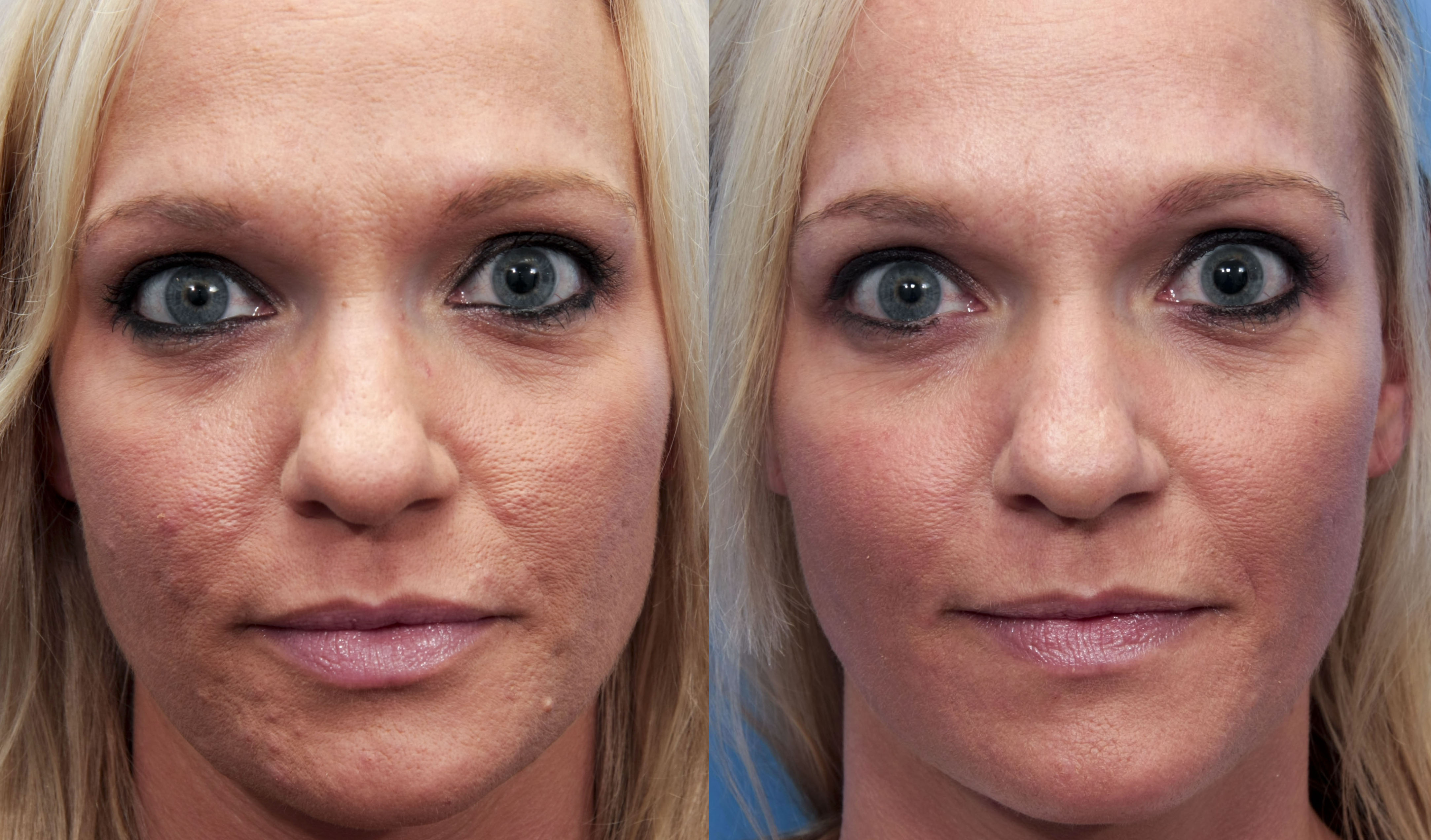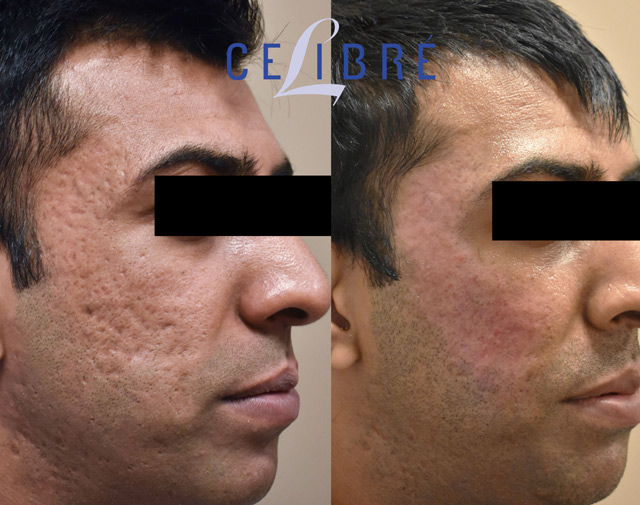Skin Rejuvenation Treatments: The Ultimate Overview to Revitalizing Your Skin
Skin Rejuvenation Treatments: The Ultimate Overview to Revitalizing Your Skin
Blog Article
Discovering Skin Disease: Treating and recognizing Acne Scars for Healthier Skin
Acne marks represent a substantial concern for individuals seeking to preserve healthy and balanced skin, as they can impact both appearance and self-worth. Understanding the different types of marks, from atrophic to hypertrophic, is vital for identifying proper therapy choices. While specialist interventions like chemical peels and microneedling can be efficient, the significance of customized care strategies can not be overstated. Furthermore, preventative measures play a vital function in minimizing future scarring. As we explore these elements, one have to take into consideration just how the ideal technique can result in transformative results.
Comprehending Acne Scars

The body's all-natural healing procedure can cause either atrophic scars, which look like clinical depressions in the skin, or hypertrophic scars, which are raised and arise from overproduction of collagen. Additionally, the psychological toll of acne marks need to not be taken too lightly; several people report sensations of embarrassment, anxiety, and reduced self-worth. This emotional problem can influence social communications and total quality of life.
Attending to acne marks calls for a thorough understanding of their formation and impact. Awareness of the capacity for long-lasting repercussions related to without treatment marks can encourage people to look for ideal therapies. Early treatment and reliable monitoring approaches can dramatically boost skin look and boost emotional durability, highlighting the value of comprehending the intricacies surrounding acne scars.
Kinds Of Acne Marks
Acne marks can be categorized into distinct types, each exhibiting one-of-a-kind features and calling for details therapy methods. skin rejuvenation treatments. The main types of acne marks consist of atrophic, hypertrophic, and keloid scars

Hypertrophic scars, on the other hand, are elevated above the skin degree and are the result of extreme collagen manufacturing during the recovery procedure. They normally remain within the limits of the initial acne sore. Keloid scars are comparable yet extend beyond the initial injury website, forming larger, increased locations that can be itchy or agonizing.
Recognizing these sorts of marks is crucial for picking appropriate therapy alternatives. Different scars might react better to particular treatments, such as laser therapies, fillers, or medical treatments, emphasizing the significance of a tailored technique to acne mark monitoring.
Determining Your Marks
When examining the appearance of your skin, it is vital to accurately recognize the kind of marks existing, as this will educate the most efficient therapy technique. Acne marks generally drop right into two classifications: atrophic and hypertrophic scars. Atrophic marks, which are one of our website the most common, show up as depressions or indentations on the skin. These can better be classified into ice-pick marks, boxcar marks, and rolling scars, each displaying distinct qualities and calling for various methods for evaluation.
Hypertrophic marks, on the various other hand, are elevated and take place as a result of excessive collagen production during the healing process. Acknowledging the certain functions of your marks-- such as structure, depth, and width-- is important for proper identification (acne scars treatment). In addition, think about the circulation of scars across your skin, as this can indicate the severity and duration of the acne problem
Involving with a skin doctor can give beneficial understandings right into the nature of your scars, helping in the differentiation between numerous kinds. A detailed understanding of your marks will eventually result in a more tailored and reliable therapy strategy, guaranteeing a clearer and much healthier skin tone.
Treatment Alternatives Readily Available
Determining the specific kind of acne marks present on your skin lays the groundwork for discovering efficient treatment alternatives. Usual sorts of acne scars consist of atrophic (depressed), hypertrophic (increased), the original source and post-inflammatory erythema.
For atrophic scars, options such as chemical peels, microneedling, and laser resurfacing are commonly made use of. Chemical peels off utilize acids to eliminate the outer layer of skin, promoting new cell development. Microneedling entails small needles that develop micro-injuries, promoting collagen production. Laser resurfacing targets harmed skin cells, improving appearance and tone.
Hypertrophic scars can be treated with corticosteroid shots to flatten the mark or laser treatment to minimize soreness and enhance look. Silicone gel sheets and pressure dressings may additionally assist in taking care of raised scars.
Additionally, dermal fillers can briefly fill out anxieties from atrophic marks, while surgical excision may be ideal for severe situations. Each therapy option has its considerations and benefits, making it vital to consult with a skin doctor. They can provide customized referrals based on the type and intensity of your marks, in addition to your skin type and general wellness.
Tips for Avoidance
Effective prevention approaches can significantly decrease the probability of creating acne marks. The very first step is to maintain a consistent skincare routine that includes gentle cleaning, peeling, and hydrating. Making use of non-comedogenic items aids protect against clogged pores, which can intensify acne. Furthermore, integrating topical therapies consisting of salicylic acid or benzoyl peroxide can properly take care of outbreaks and decrease swelling.
Avoiding the urge to pick or pop acne sores is critical, as this can result in deeper skin damages and raise the risk of scarring. Instead, take into consideration using a cold compress or over-the-counter treatments to lower swelling and inflammation.
Sun protection is an additional crucial aspect of avoidance; ultraviolet (UV) rays can dim scars and prevent the recovery process. Using a broad-spectrum sunscreen with at least SPF 30 daily can shield the skin and promote even recovery.
Lastly, keeping a balanced diet rich in minerals, antioxidants, and vitamins supports skin health and wellness and recovery. Remaining moisturized and managing stress and anxiety degrees can also play a significant function in minimizing acne flare-ups. By implementing these techniques, individuals can considerably lessen their opportunities of developing acne marks.
Conclusion
Finally, understanding and identifying acne scars is essential for efficient therapy and accomplishing much healthier skin. Various sorts of acne marks, including hypertrophic and atrophic marks, necessitate certain treatments tailored to private demands. Treatment choices array from chemical peels and microneedling to corticosteroid injections, highlighting the relevance of speaking with a skin doctor. Additionally, adopting a go to website gentle skin care regimen and protecting the skin from UV exposure can dramatically add to the prevention of additional scarring and general skin health and wellness.
The body's natural healing process can result in either atrophic scars, which appear as anxieties in the skin, or hypertrophic scars, which are increased and result from overflow of collagen. They are additional split right into 3 subtypes: ice choice marks, boxcar marks, and rolling marks. Acne scars typically drop right into 2 groups: hypertrophic and atrophic marks. These can better be classified into ice-pick scars, boxcar marks, and rolling marks, each showing distinct characteristics and requiring various strategies for assessment.
Various types of acne scars, including hypertrophic and atrophic scars, require details interventions tailored to specific needs.
Report this page